When you buy a motorcycle, the dealer won’t hand you the keys until you prove you have insurance. It’s not a suggestion. It’s the law in every state. But how does that actually work? When does insurance become official? And what kind of proof do you need right then and there? If you’ve ever stood at the dealership with your new bike, wallet in hand, and realized you don’t have the right paperwork, you know how stressful this can be.
Insurance Must Be Active Before You Ride Off the Lot
You can’t legally ride a motorcycle on public roads without insurance. That’s not just a rule-it’s enforced by police, DMVs, and even automated license plate readers. Dealerships know this. They won’t let you leave without proof that your insurance is active as of the purchase date. Some dealers will even call your insurance agent on the spot to confirm coverage.
Here’s the reality: Your insurance policy doesn’t become binding the moment you sign a form. It becomes binding when the insurer confirms coverage and issues a policy number, effective date, and proof of insurance document. That’s why you need to talk to your insurer before you finalize the purchase. Waiting until you’re at the dealership to call your agent is a gamble. If your agent is busy, if there’s a system glitch, if your payment hasn’t cleared-you could be stuck there for hours.
What Counts as Proof of Insurance?
Not every piece of paper will do. Dealerships and DMVs accept specific forms of proof. The most common are:
- A digital or printed ID card from your insurer with your name, vehicle details, policy number, and effective date
- A temporary binder or electronic certificate issued immediately after purchase
- A confirmation email from your insurer with policy details and effective date
Some states require a specific form, like the New York State Insurance Identification Card (SR-22 equivalent). Others accept a screenshot of your mobile app. But here’s the catch: proof must show the policy is active on the day you buy the bike. If the effective date says “tomorrow,” you’re not covered yet. And if you ride without valid proof, you risk fines, impoundment, or even criminal charges.
Timing: When to Get Insurance
Don’t wait until the last minute. Start the process at least 24-48 hours before you plan to buy. Here’s why:
- Most insurers require a vehicle identification number (VIN) to issue a policy. You get that when you pick the bike.
- Some companies need to verify your license, driving record, or prior insurance history-this can take hours or a full day.
- Payment processing isn’t instant. If you’re paying by bank transfer, it might not clear in time.
- Some insurers only issue policies during business hours. If you’re buying on a weekend, you need to plan ahead.
Many riders think, “I’ll just get insurance after I ride home.” That’s a mistake. You’re not allowed to ride home without insurance. Even if the dealer lets you drive it to your garage, you’re breaking the law. A single ticket can cost $500 or more, plus court fees and higher future premiums.
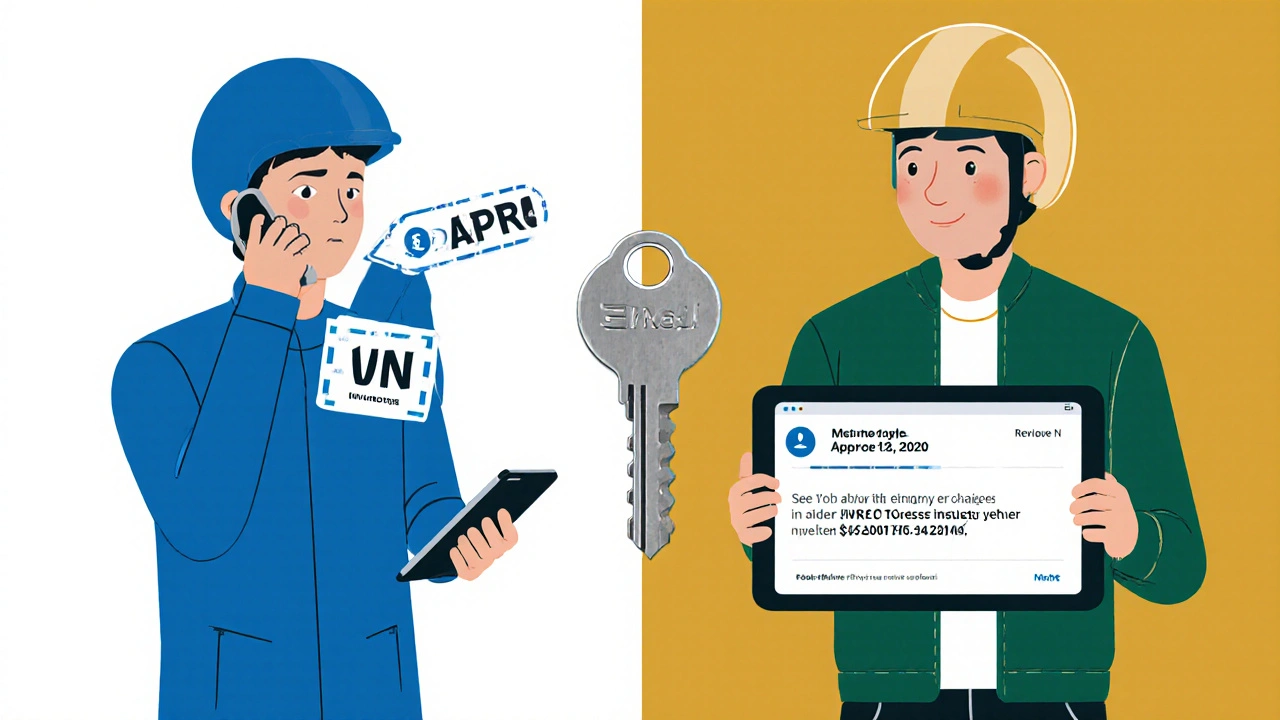
How Dealers Handle Insurance at Sale
Dealerships don’t sell insurance. But they’re required to verify you have it. Here’s what usually happens:
- You give them your policy number, insurer name, and effective date.
- They call your agent or check an online verification system (like the DMV’s electronic insurance database).
- If everything checks out, they give you the title and keys.
- If it doesn’t, they’ll pause the sale until you provide valid proof.
Some dealers partner with insurance brokers on-site. They’ll help you get a quote and issue a temporary binder in under 10 minutes. That’s convenient-but it’s often more expensive than going through your own agent. Don’t assume the dealer’s offer is the best deal.
What If You’re Buying from a Private Seller?
Private sales are trickier. No dealer means no one to check your insurance. But the law still applies. You need proof before you ride.
Here’s how to handle it:
- Get the VIN and make sure you have it before you meet the seller.
- Call your insurer and say, “I’m buying a motorcycle today. Can you issue immediate coverage with an effective date of today?”
- Ask for a digital ID card or email confirmation.
- Take that proof with you to the sale.
- Only complete the transaction after you’ve confirmed coverage is active.
Some private sellers will ask for proof before handing over the keys. That’s normal. Don’t be offended. They’re protecting themselves too.
Common Mistakes and How to Avoid Them
Here are the top three errors riders make-and how to fix them:
- Assuming your car insurance covers your motorcycle - It doesn’t. Car and motorcycle policies are separate. Even if you have a multi-vehicle discount, you still need a standalone motorcycle policy.
- Using an old policy number - If you switched insurers or let your coverage lapse, your old policy is invalid. You need a new one with the new bike’s VIN.
- Thinking “I’ll just ride slowly to the DMV” - You can’t legally ride anywhere without insurance. Not to the DMV, not to the garage, not even down the street.
Pro tip: If you’re buying a used bike, make sure the seller gives you the title and bill of sale before you leave. Without those, even with insurance, you can’t register the bike. And without registration, your insurance might not be valid in some states.
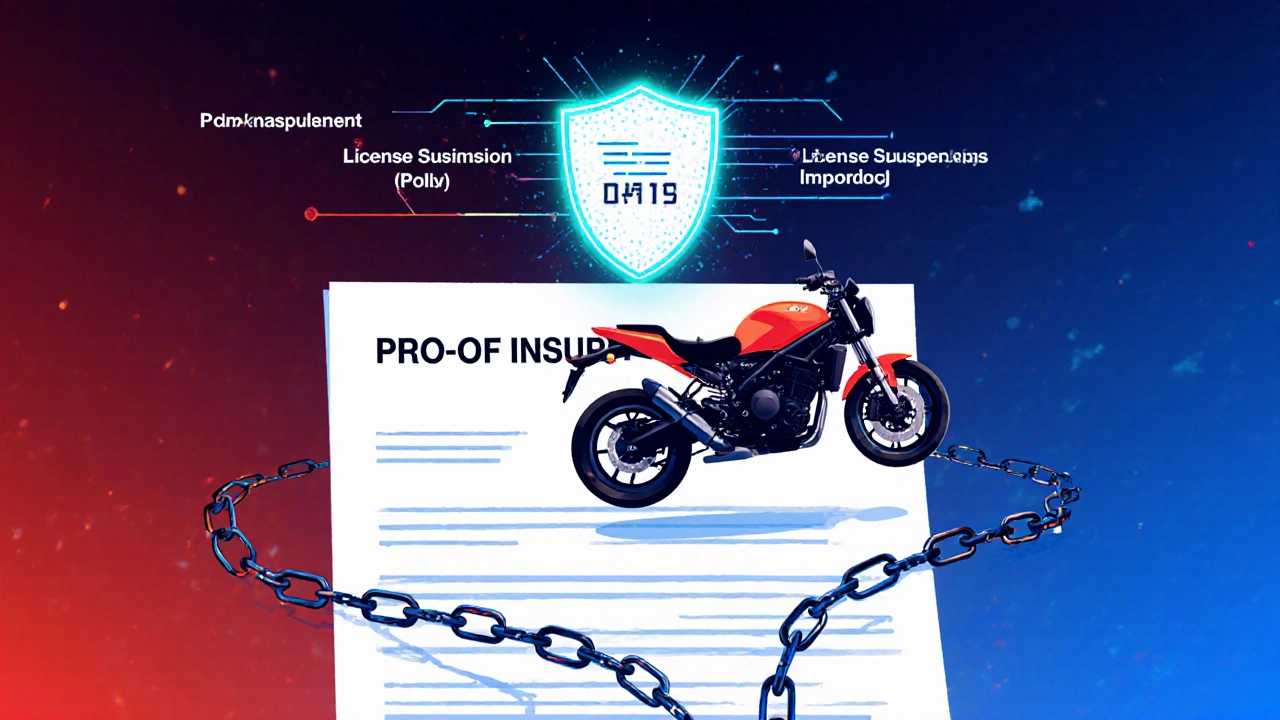
What Happens If You Get Caught Without Insurance?
Penalties vary by state, but here’s what’s typical in New York and most other states:
- Fine between $500 and $1,500
- License suspension for up to one year
- Vehicle impoundment (you pay towing and storage fees)
- SR-22 filing requirement for three years (which raises your premiums by 50-100%)
It’s not just about money. A lapse in coverage can follow you for years. Insurers see gaps in coverage as a red flag. They’ll charge you more, even if you’ve never had an accident.
How to Get Insurance Fast
Most major insurers offer same-day coverage if you have the right info:
- Full name and date of birth
- Valid motorcycle license or permit
- Vehicle identification number (VIN)
- Make, model, year of the bike
- Primary garaging address
- Payment method (credit card works fastest)
Call your agent or use their app. Many now let you get a policy in under 15 minutes. Once you’re approved, they’ll email or text your proof of insurance instantly. Save it to your phone. Print a copy. Take both.
Final Checklist Before You Buy
Before you sign anything, make sure you have:
- Confirmed policy effective date = purchase date
- Proof of insurance (digital or printed) with your name and VIN
- Policy number and insurer contact info
- Bill of sale and signed title from seller
- Valid motorcycle license or learner’s permit
If you’re missing one item, don’t buy. Walk away. Come back tomorrow when you’re ready. It’s better than getting fined, suspended, or worse.
Do I need motorcycle insurance before I test ride?
No, you don’t need insurance to test ride a motorcycle at a dealership. Dealers typically have blanket coverage that protects them during test rides. But once you decide to buy, you must have your own insurance before taking the bike off the lot.
Can I use my car insurance for a motorcycle?
No. Car insurance does not cover motorcycles. They’re classified as different vehicles with different risk profiles. You need a separate motorcycle policy. Even if your car insurer offers a discount for bundling, you still need to buy a standalone policy for your bike.
What if I buy a motorcycle at night or on a weekend?
Most major insurers offer 24/7 online or phone service for same-day coverage. If you have the VIN and payment ready, you can get insured in minutes. Call ahead or use the insurer’s app. If you’re buying from a private seller after hours, get your insurance first, then meet the seller with your proof in hand.
How long does insurance take to activate?
If you apply during business hours with all required info, coverage can activate in under 15 minutes. If you apply after hours or need a background check, it could take up to 24 hours. Always request an effective date matching your purchase date.
Is electronic proof of insurance accepted?
Yes. All 50 states and D.C. accept digital proof of insurance on smartphones or tablets. Dealerships and police officers are trained to verify it. Make sure your screen brightness is high, and your phone is charged. Save a screenshot as backup.

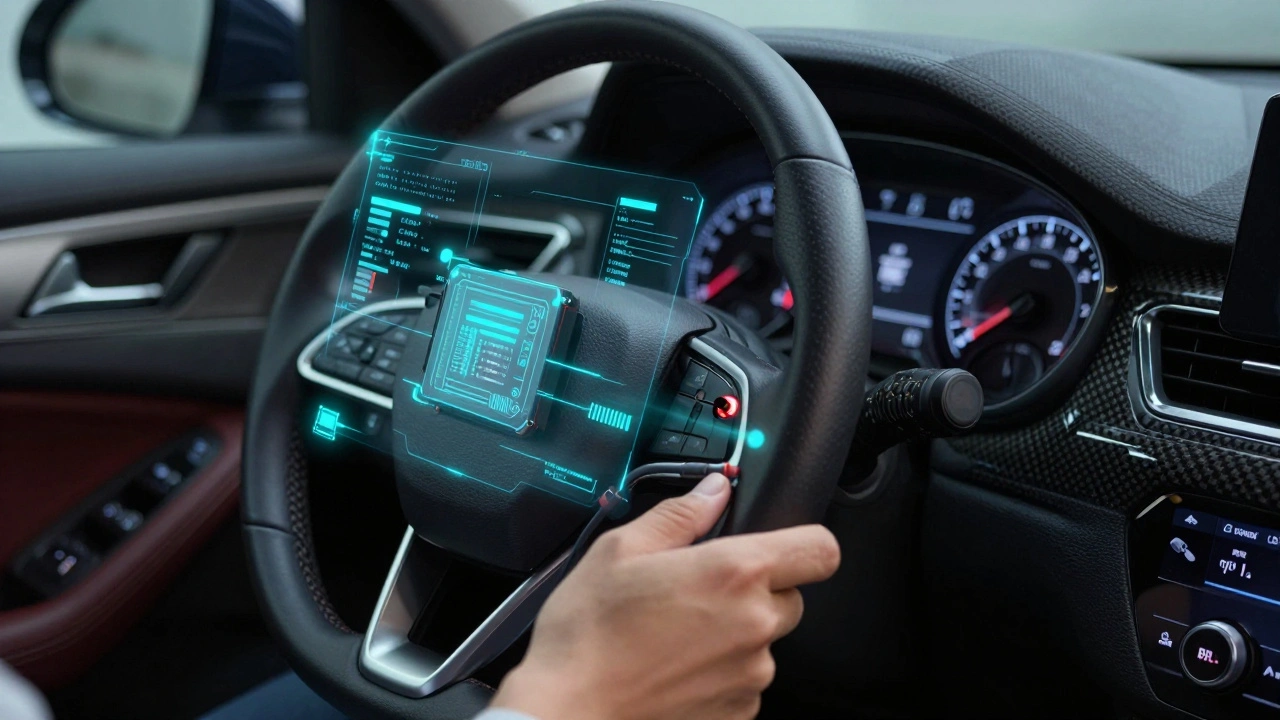
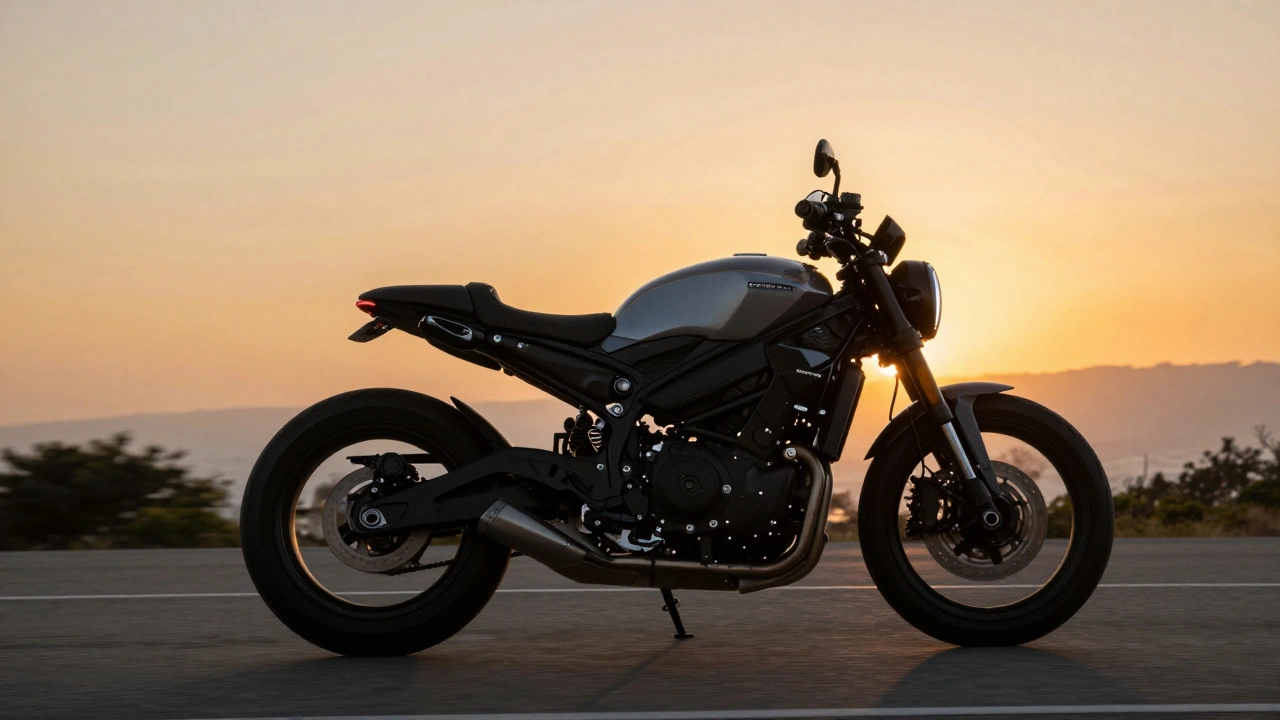
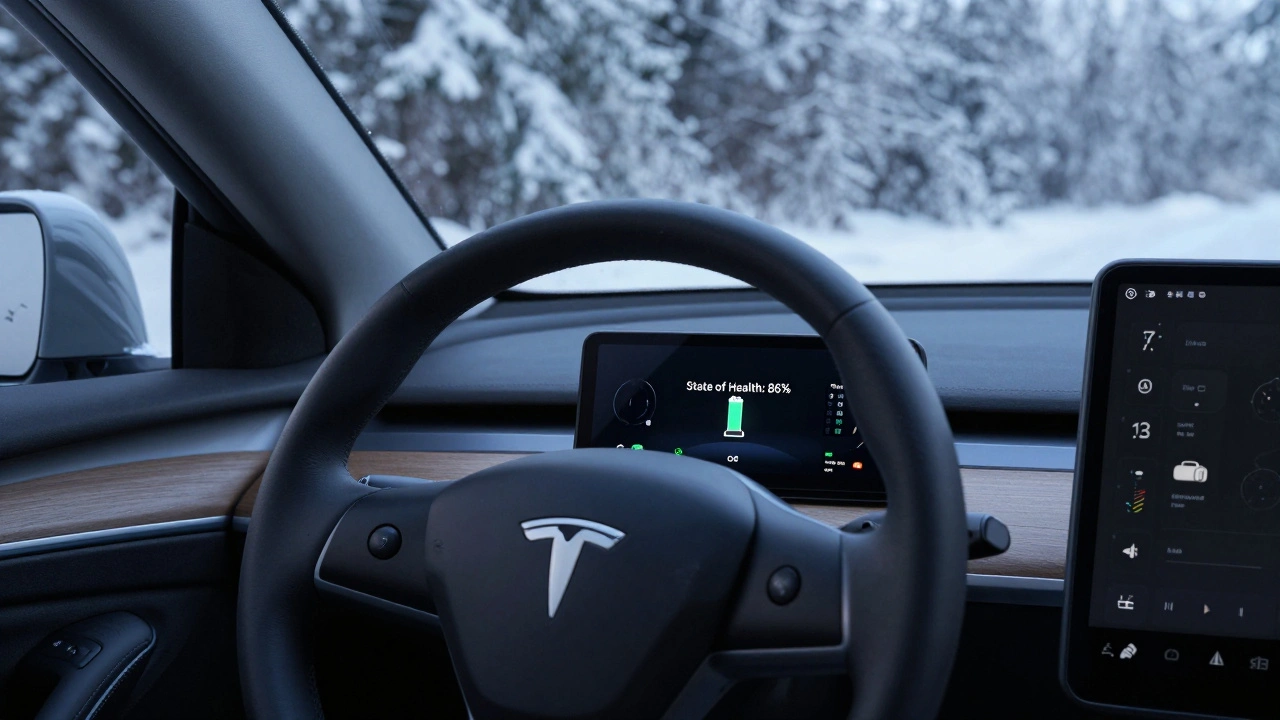


sonny dirgantara
November 17, 2025 AT 03:36just got my first bike last weekend and forgot to call my insurer till i was at the dealer. panic mode. ended up waiting 45 mins while they sorted it out. don’t be me.
Jawaharlal Thota
November 18, 2025 AT 14:48Look, I’ve bought three bikes in the last five years and I’ll tell you this straight: insurance isn’t a formality, it’s your lifeline. You think you’re saving time by waiting till the last second? You’re just setting yourself up for a day of frustration. I always call my agent the moment I pick the VIN off the website. They’ve got my info on file, so when I walk in, I hand them the PDF and the policy number before the sales guy even finishes the paperwork. And yeah, I print two copies-one for the dealer, one for my glovebox. Never had a problem. Even when I bought a used bike from a guy in a parking lot at 7 p.m., I had it ready. No drama. No stress. Just peace of mind. And don’t even get me started on those dealers who push their own insurance. You’re paying 30% more for the same coverage. Do your homework. It’s not hard. It’s just not sexy. But trust me, when you’re riding down the highway and you see that cop car in your rearview, you’ll be glad you did.
Lauren Saunders
November 19, 2025 AT 03:03How quaint. You treat insurance like a bureaucratic chore, as if the state’s mandate is some kind of civic duty. But let’s be honest-this entire system exists because insurers have perfected the art of extracting money under the guise of ‘protection.’ You think your ‘proof’ means anything when the DMV’s database is 12 hours behind? Or when your digital ID crashes during a traffic stop? The real truth? You’re being manipulated into a false sense of security. The only real protection is cash in hand and a good lawyer. But of course, you’d rather follow the script than question the machine.
Andrew Nashaat
November 20, 2025 AT 14:36Wait-so you’re telling me people actually think their car insurance covers their motorcycle?!?!?!?!?!!?!!?!?!? That’s not just wrong-that’s a one-way ticket to financial ruin. And don’t even get me started on people who say ‘I’ll just ride slowly to the DMV’-like, what? Do you think the cops are gonna say, ‘Oh, he’s going slow, so it’s chill’? NO. They’re gonna write you up for no insurance, no registration, and maybe even reckless endangerment. And then you’ll get an SR-22-and your premiums will spike so high you’ll be selling your helmet to pay for it. Also-proof must show the EFFECTIVE DATE IS TODAY. Not tomorrow. Not ‘as soon as payment clears.’ TODAY. If you don’t have that, you’re not insured. Period. End of story. Don’t test the system. It doesn’t care about your ‘bad day.’
Gina Grub
November 20, 2025 AT 16:43Let’s be real-this whole insurance ritual is performative theater. The state doesn’t care about your policy number. They care about the revenue stream. The dealer doesn’t care if you’re covered-they care that you didn’t walk out with the bike and then vanish. And the insurer? They’re just waiting for you to have an accident so they can find a loophole to deny you. This isn’t safety. It’s a tax disguised as responsibility. And yet we all play along. Because to opt out is to be labeled irresponsible. But who defines responsibility? The same people who profit when you fail.
Nathan Jimerson
November 22, 2025 AT 14:47Getting your insurance sorted before buying is one of the smartest moves you can make. It’s not about being perfect-it’s about being prepared. You’ve got a new bike, a new chapter. Start it right. Take the extra hour to call your agent. It’s worth it.
Sandy Pan
November 22, 2025 AT 15:14There’s something deeply human about this moment-the dealer’s hand extended with the keys, your grip on the proof of insurance like a talisman. It’s not just paperwork. It’s the transition from desire to responsibility. The motorcycle is freedom, yes-but freedom without accountability is just chaos. Insurance is the quiet contract you make with society: I will ride, but I will not endanger. It’s not about fear. It’s about reverence. For the machine. For the road. For the lives that intersect with yours, even briefly. The VIN, the effective date, the policy number-they’re not just data points. They’re the silent witnesses to your choice to ride with intention.
Eric Etienne
November 24, 2025 AT 07:03why do people even bother with this? just get a cheap policy and call it a day. no one’s gonna check anyway. i rode for a month with no insurance and never got caught. chill out.
Dylan Rodriquez
November 24, 2025 AT 08:14For anyone feeling overwhelmed by the process-take a breath. You’re not alone. I remember when I bought my first bike, I was convinced I’d mess it up. But here’s what helped: I wrote down every single thing I needed-VIN, license, address, payment method-and I did it the night before. I called my insurer at 9 a.m. and had my digital card by 9:15. I printed it. I saved it. I showed up confident. And you can too. This isn’t about being perfect. It’s about being ready. You don’t need to be an expert. You just need to take one step before the next. And that step? It’s calling your agent. Do it today. Tomorrow’s bike won’t wait. But you can still be ready.
Amanda Ablan
November 25, 2025 AT 13:33Biggest tip I can give: If you’re buying from a private seller, meet them at a place with Wi-Fi. That way, you can call your insurer on the spot and get the policy activated while you’re there. I did this last month-walked into a parking lot with the VIN, called my agent, got the email in 8 minutes, showed it to the seller, and drove off with the keys. No drama. No stress. Just smart planning. And hey-if you’re nervous, just ask the seller to wait while you do it. Most will understand. They’ve been there too.
Meredith Howard
November 27, 2025 AT 08:30It is imperative that individuals seeking to acquire a motorcycle ensure that their insurance coverage is formally activated with an effective date congruent with the date of purchase. Failure to do so constitutes a material violation of statutory requirements across all jurisdictions. Furthermore, the reliance upon digital documentation is permissible provided that such documentation contains the requisite identifiers including but not limited to the policyholder’s full legal name, the vehicle identification number, and the insurer’s official seal or electronic authentication. One must also ensure that the device upon which such documentation is stored is fully operational and capable of instantaneous presentation upon demand by authorized personnel. It is not sufficient to possess a screenshot or a memory of the policy number. The proof must be verifiable, contemporaneous, and unambiguous. One must not underestimate the gravity of noncompliance. The consequences are neither trivial nor negotiable.